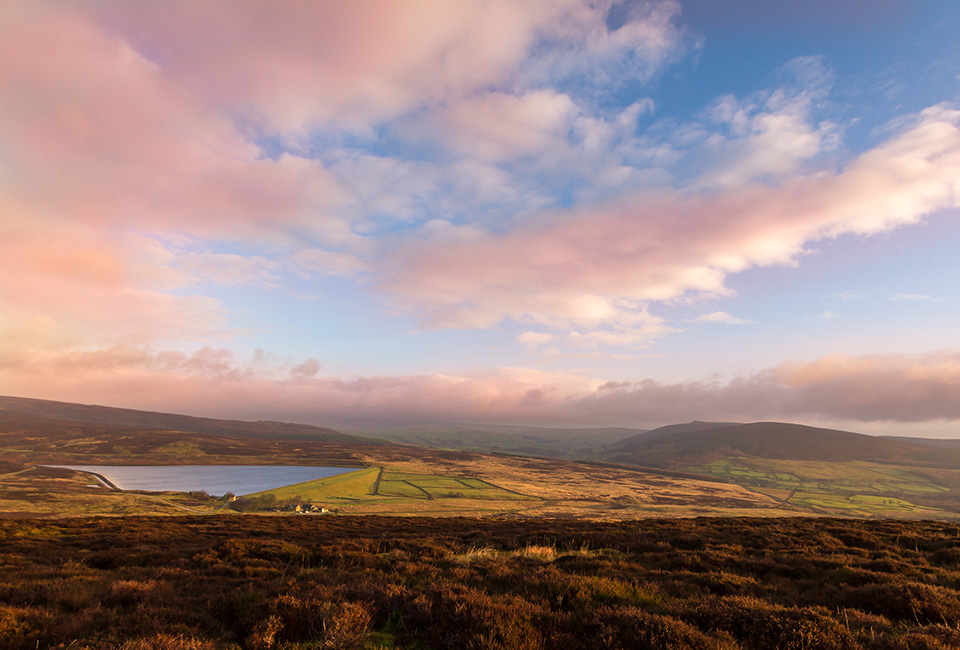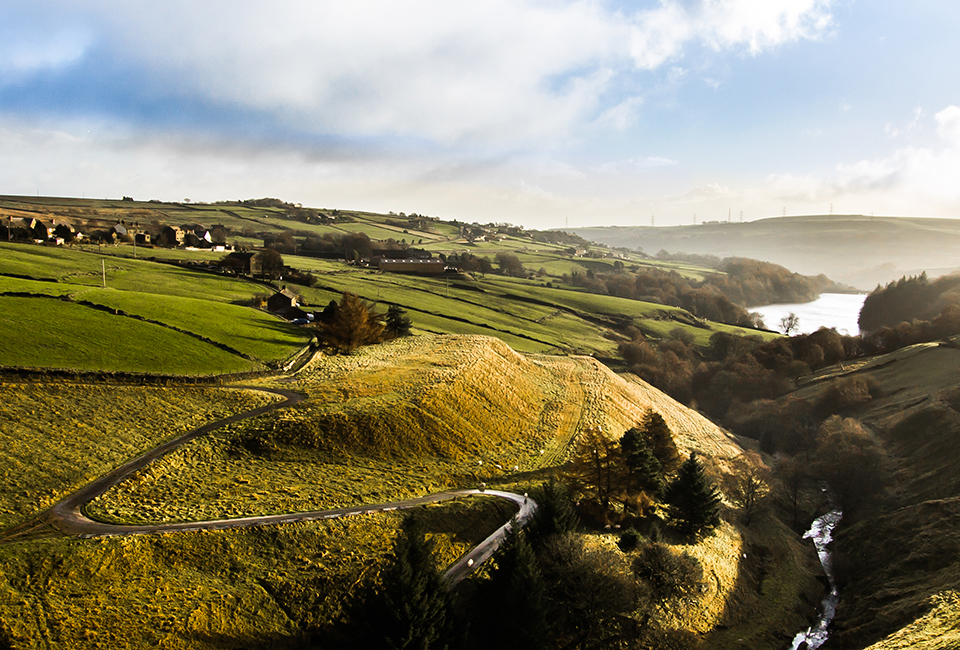Latest
-
HU7 - No water/low pressure
Customers in HU7 may have no water or low water pressure due to an issue on our network. Thank you for bearing with us whilst we carry out urgent repairs to restore supplies as soon as possible.
With 100s of kms of rivers meandering through Yorkshire in some of the most remote parts of the county, it’s a big job to make sure that any part of our network that interacts with them is doing so in the right way. That’s where technology comes in. Sometimes our assets on the network are in hard to reach locations or not in places we visit every day. So we're using sophisticated technology to monitor them, investigate them, helping us to keep an eye on them round the clock and make decisions remotely. This leads to quicker response times to solve any issues whilst is also helping us to build a greater understanding of factors that could impact water quality.
We’ve got loads of great work going on in this area take a look at some of them projects we’ve been piloting.

Solar powered cameras improve network monitoring
We’ve been piloting the use of solar powered cameras on wastewater outfalls to improve the visibility of our sewer network and carry out inspections faster.

Industry-first manhole survey technology
We’ve been trying out cutting edge modelling grade technology to complete surveys of hard-to-reach manholes – a UK water industry first – as part of our smart wastewater network pilot projects in Holbeck and Ilkley.
Pumping wastewater around Yorkshire
In Yorkshire we look after and maintain 738 miles of what we call rising mains. These are essentially pipes that carry foul, combined or surface water away from businesses and homes in Yorkshire by a pumped flow versus by gravity. They’re a huge part of our network and are vital in protecting our environment. As part of our ongoing investment programme each year in Yorkshire, we monitor and investigate the conditions of the rising mains to determine which ones need replacing, repairing or monitoring. Since March 2020 until 2023 we invested £9.2 million in a programme of work that has focused on 15 of our rising mains in the region.
Our maintenance programme for rising mains
Our base maintenance programme involves renovating and extending the asset life through lining pipes, as well as replacing deteriorated lengths of pipes and any failed rising mains. The rising main is part of the sewage pumping system. Pump checks, setups and changes often need to be made as part of any rising main work to ensure the whole system operates as designed. This work may also involve the replacement of air valves.
As part of our programmes, we look at air valve inspections, maintenance regimes and deployment of devices to proactively identify whether a rising main needs renovating or replacing before it fails. We regularly review performance and where required, look at investment for any assets that need it most.
Here's some of the work we’ve been doing
Rising mains
- We've introduced 500+ air valve (AV) inspections on our rising mains to our operational maintenance regime. We’re also exploring the use of low-cost technology to monitor AV performance so we can reduce operational visits and better understand performance remotely.
- We’ve moved two air valves at risk of polluting the inland bathing beach in Ilkley to a safer, lower pollution risk location whilst ensuring they perform as designed.
- 125 Syrinix pressure monitoring devices will be installed by the end of this pollution year on our high-risk rising mains. This will give us visibility of pressure within rising mains so we can send alerts 24/7 to the control room and be aware if something’s not right.
Sewage pumping system
- We’ve introduced smart technology, which gives visibility of how our pumping stations are performing remotely. This means we can make proactive maintenance interventions before failures occur.
- 645 electrical signature analysis devices have been installed to highlight performance issues with equipment on sewage pumping stations (SPS). Through these, we’ve been able to make proactive maintenance to reduce mitigation costs and pollution risk through SPS failure .
- We've rolled out 377 of 779 new pumps with reversal technology to our high risk SPS to reduce the risk of pollutions caused by blockages of the pumps.
- Can reverse the direction of the sewage.

